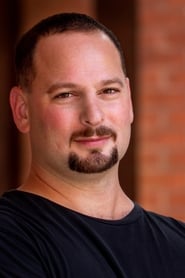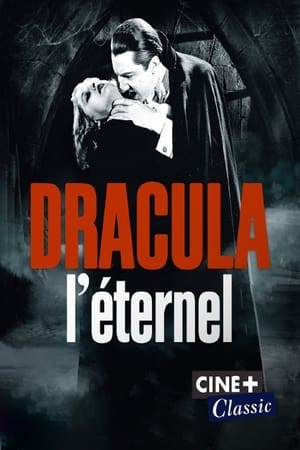

A Brief History of Slasher Films(2011)
Writer Adam Rockoff provides a basic overview of the slasher movie genre.

Movie: A Brief History of Slasher Films
Similar Movies
 7.2
7.2Jacques Demy: The Pink and the Black(fr)
Jacques Demy’s ability to enchant audiences was rooted in his personal struggles and doubts as a showman, establishing him as one of French cinema’s greatest artists.
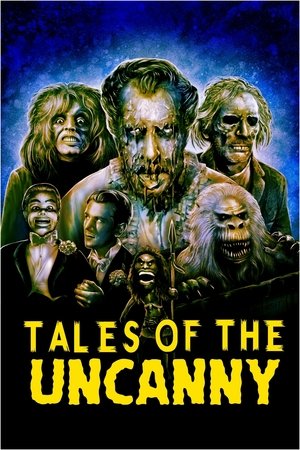 7.1
7.1Tales of the Uncanny(en)
A detailed look at the history of horror anthology films.
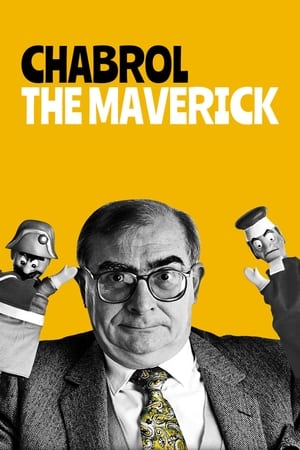 6.2
6.2Claude Chabrol, the Maverick(fr)
An account of the life and work of French filmmaker Claude Chabrol (1930-2010), a sybarite Buddha, a furtive anarchist, an insolent lover of life.
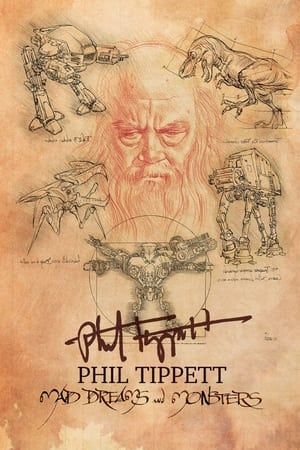 7.5
7.5Phil Tippett: Mad Dreams and Monsters(en)
An in-depth, sad, and beautiful documentary about the stop motion and VFX artist Phil Tippett, a man who changed the landscape of visual effects in film.
 10.0
10.0Frankenstein (Re)Membered(en)
Since its publication 200 years ago, Mary Shelley’s Frankenstein has influenced vast swathes of popular culture. Adaptations have starred cinema legends from Boris Karloff to Robert De Niro – and even Alvin and the Chipmunks. From tales of science gone mad (Jurassic Park) to stories of understanding the other (ET, The Hulk, Arrival), traces of the story and its themes have spread across our media. With Frankenstein Re-membered, video artist and film historian Chris Gerrard collects these diverse fragments from the birth of cinema until the present day and in the tradition of Victor Frankenstein himself, attempts to stitch them back together into an adaptation of the original Shelley novel.
 0.0
0.0From the Earth to the Moon(en)
Humankind has always dreamt of the night sky. Of the infinite freedom offered by the black void, and of the strong, shining beacon inviting us to ascend. This is a story, a history of the events that led up to our conquest of space, and the consequences throughout wider humanity. The film is a collage. Of genres, documentary and comedy. Of media, drawing from painting and film. Of films, cannibalising all film history. Of truth, both objective and subjective. Watch the small steps and let your mind take a giant leap.
 0.0
0.0The Lantern and the Music of Light(en)
The Magic Lantern was an projector of information and stories than preceded the cinema. How did its visual style translate into the moving image? This film traces the aesthetic narrative from the 19th century up until the 21st, calling in at the Victorians, Melies, Welles, Godard, Spielberg and Carly Rae Jepsen. It also shows how these techniques can inspire your own creativity.
 6.8
6.8Silent Britain(en)
Long treated with indifference by critics and historians, British silent cinema has only recently undergone the reevaluation it has long deserved, revealing it to be far richer than previously acknowledged. This documentary, featuring clips from a remarkable range of films, celebrates the early years of British filmmaking and spans from such pioneers as George Albert Smith and Cecil Hepworth to such later figures as Anthony Asquith, Maurice Elvey and, of course, Alfred Hitchcock.
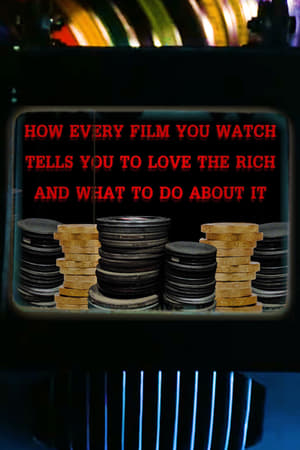 0.0
0.0How Every Film You Watch Tells You To Love The Rich and What To Do About It(en)
"How Every Film You Watch Tells You To Love The Rich and What To Do About It" explores the representations of wealth in cinema. It looks into how most beloved characters are subtly more well-off than they should be, how criticisms of the system are crushed, how the rich have become the average in the world of the cinema. And it shows how these stories distort the view of the real world, and are used against you by politicians.
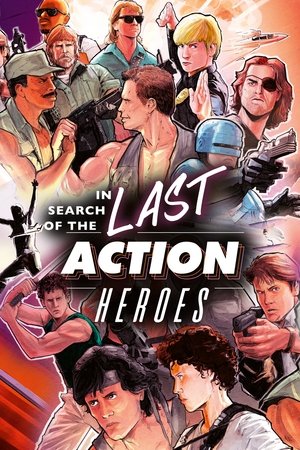 6.9
6.9In Search of the Last Action Heroes(en)
The most comprehensive retrospective of the '80s action film genre ever made.
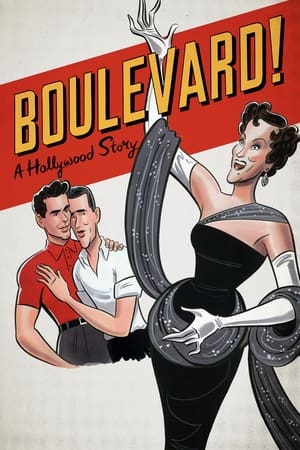 5.0
5.0Boulevard! A Hollywood Story(en)
Dickson Hughes and Richard Stapley, two young composers and romantic partners, are caught in the web of silent film star Gloria Swanson when she hires them to write a musical version of Sunset Boulevard, her 1950 film directed by Billy Wilder.
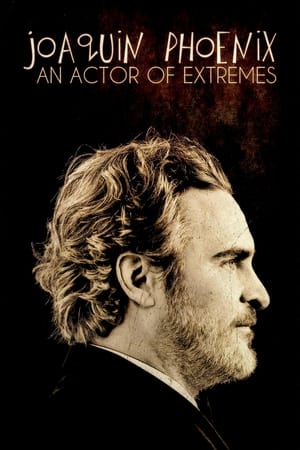 6.6
6.6Joaquin Phoenix: An Actor of Extremes(de)
The story of the rise to stardom of Joaquin Phoenix, an actor of magnetic physique, tumultuous past, socially committed, who for years has offered outstanding performances.
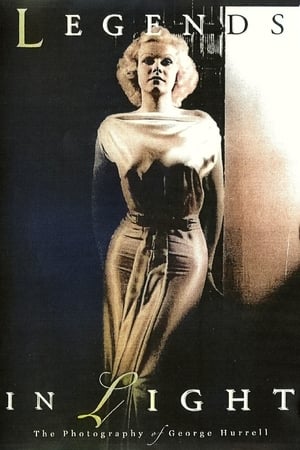 2.0
2.0Legends in Light: The Photography of George Hurrell(en)
The life and career of legendary Hollywood glamour portrait photographer George Hurrell is profiled by his contemporaries including other photographers and actors he has shot.
 7.0
7.0Talking About Trees(en)
Filmmakers Ibrahim, Suliman, Eltayeb and Manar, close friends for many years, left their motherland in the sixties and seventies to study film abroad and founded the Sudanese Film Group in 1989. After years of distance and exile, they are reunited, hoping to finally make their old dream come true: to bring back cinema to Sudan by reopening the Halfaia Cinema, a dilapidated theater in Khartoum.
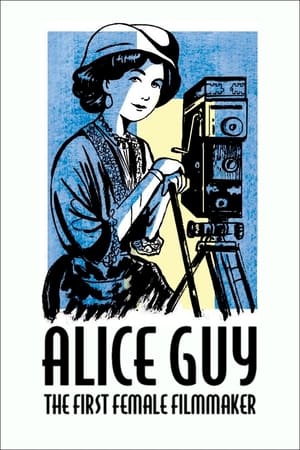 7.3
7.3Alice Guy, the First Female Filmmaker(fr)
Who, apart from moviegoers, knows Alice Guy (1873-1968) today? However, she was the first woman behind the camera and the first female director and producer of fiction films in history.
 5.8
5.8Room 999(fr)
In 1982, Wim Wenders asked 16 of his fellow directors to speak on the future of cinema, resulting in the film Room 666. Now, 40 years later, in Cannes, director Lubna Playoust asks Wim Wenders himself and a new generation of filmmakers (James Gray, Rebecca Zlotowski, Claire Denis, Olivier Assayas, Nadav Lapid, Asghar Farhadi, Alice Rohrwacher and more) the same question: “is cinema a language about to get lost, an art about to die?”
 0.0
0.0The Simón's Jigsaw: A Trip to the Universe of Juan Piquer Simón(es)
A journey through the work of Spanish filmmaker Juan Piquer Simón (1935-2011).
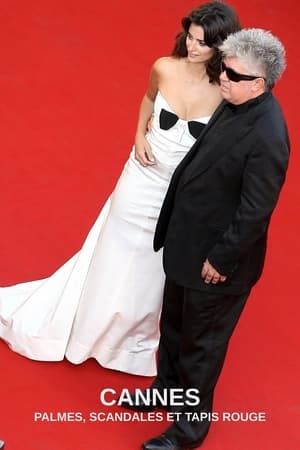 8.0
8.0Cannes : Palmes, scandales et tapis rouge(fr)
How could the Cannes Film Festival become the biggest cinema event in the world? For 75 years, Cannes has succeeded in this prodigy of placing cinema, its sometimes paltry splendors but also its requirements of great modern art, at the center of everything, as if, for ten days in May, nothing was more important than it. This film tells how Cannes has become the largest film festival in the world by opening up to cinematic modernity while never forgetting that cinema remains a performing art, a popular art.
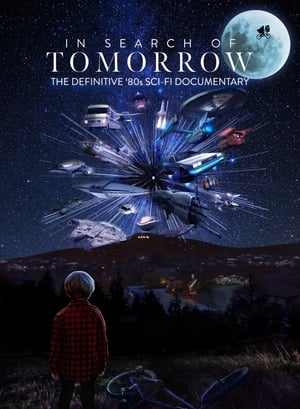 6.5
6.5In Search of Tomorrow(en)
A nostalgic journey through ’80s Sci-Fi-films, exploring their impact and relevance today, told by the artists who made them and by those who were inspired to turn their visions into reality.
